
Why do foreigners use electric kettles so little even though they are very convenient?
In many Asian households, especially in countries like Vietnam, China, and Korea, the electric kettle is an everyday essential. It is used constantly for making tea, coffee, instant noodles, or simply for boiling water to drink. However, when people travel to Western countries such as the United States, Canada, or parts of Europe, they are often surprised to find that electric kettles are not as common. Despite being convenient, fast, and energy-efficient, electric kettles are not widely used in some foreign households. There are several reasons behind this difference, and they are rooted in culture, lifestyle, and even electrical standards.
One of the biggest reasons lies in cultural habits and drinking preferences. In many Asian cultures, hot water is considered essential for health. People drink warm water daily, prepare hot tea several times a day, and often cook foods that require boiling water quickly. In contrast, many Westerners consume far fewer hot beverages at home. Coffee is more popular, and it is usually made with coffee machines rather than boiling water. For tea drinkers, hot water is often prepared in a microwave, which is a common household appliance in Western kitchens. Because the demand for boiling water is not very high, an electric kettle is not considered necessary.
Another factor is differences in electrical systems. In many Western countries, particularly in North America, the voltage is typically 110–120V. Electric kettles function most efficiently at higher voltage levels such as 220–240V, which are standard in many Asian and European countries. At lower voltages, kettles boil water more slowly, making them less appealing. This slower performance has influenced the popularity of electric kettles in countries like the United States, where people prefer quicker or more familiar alternatives such as microwaves or stovetop kettles.
Lifestyle differences also play a significant role. Western kitchens tend to be designed around ovens, microwaves, and large stoves, reflecting a preference for baking or pan-based cooking. Many households do not feel the need to boil water frequently, as many dishes do not require it. Instant noodles, for example, are not as commonly consumed as they are in Asia. When households do need boiling water, they are comfortable using the stove, even if it takes longer. This slower pace is simply part of their established kitchen habits.
Moreover, some people in Western countries see the electric kettle as an optional item rather than a must-have. They may only buy one if they drink tea daily or if they move to a situation where they need boiling water often, such as living in a dormitory. For occasional use, the microwave is considered sufficient.
Lastly, there is also a difference in market exposure and consumer habits. In Asia, electric kettles are heavily marketed, widely available, and often included in household essentials lists. In contrast, Western marketing does not emphasize electric kettles as strongly. Many people simply grow up without one, so they do not feel the need to purchase it later in life.
In conclusion, although the electric kettle is undeniably convenient, its popularity varies greatly between cultures. Differences in beverage preferences, electrical systems, kitchen habits, and consumer exposure all influence why many foreigners rarely use electric kettles. What is considered essential in one part of the world may be seen as optional in another, reminding us that household habits are shaped not just by convenience but also by culture and lifestyle.
News in the same category


Goodbye Synthetic Dyes: Doritos Join the Push for Cleaner, Transparent Ingredients

Breakthrough Research Suggests Kidney Damage May Be Reversible After All

How Intermittent Fasting Protects the Heart: New Evidence on Blood Clots and Cardiovascular Health

New Evidence Links Hepatitis C to Brain Pathways in Mental Illness

If You See a Woman Wearing a Wedding Ring On Her Pinky, Here's What It Means
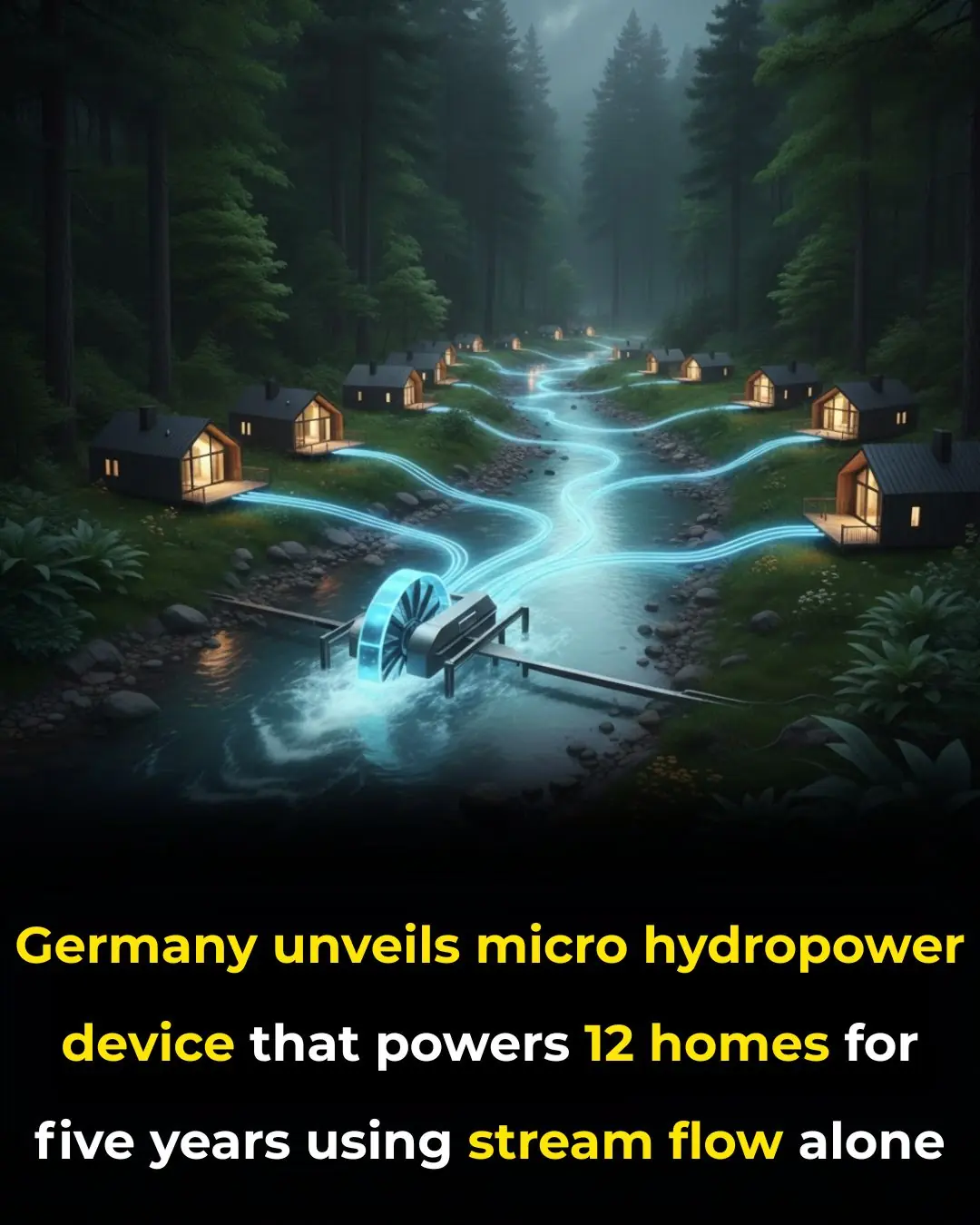
Reinventing Renewable Energy: Germany Launches Compact Turbine for Off-Grid Power

Rethinking Depression: New Brain-Imaging Research Reveals It’s More Than a Chemical Imbalance

Seventeen Years Lost: How a Look-Alike Helped Free an Innocent Man

You Must Live Without One Modern Comfort — Your Choice Reveals Who You Really Are
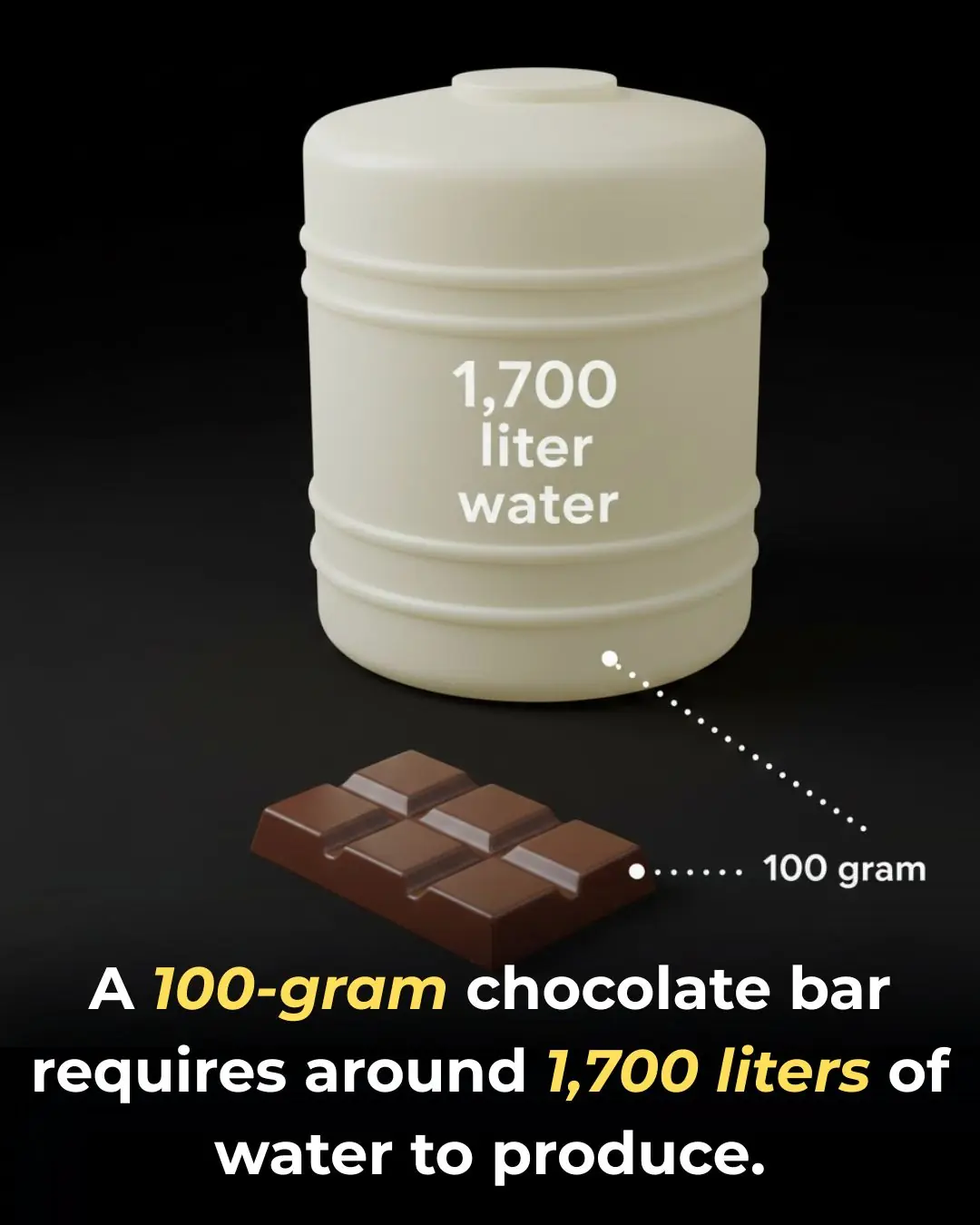
How Poor Sitting Posture Impacts Your Spine, Muscles, and Overall Health
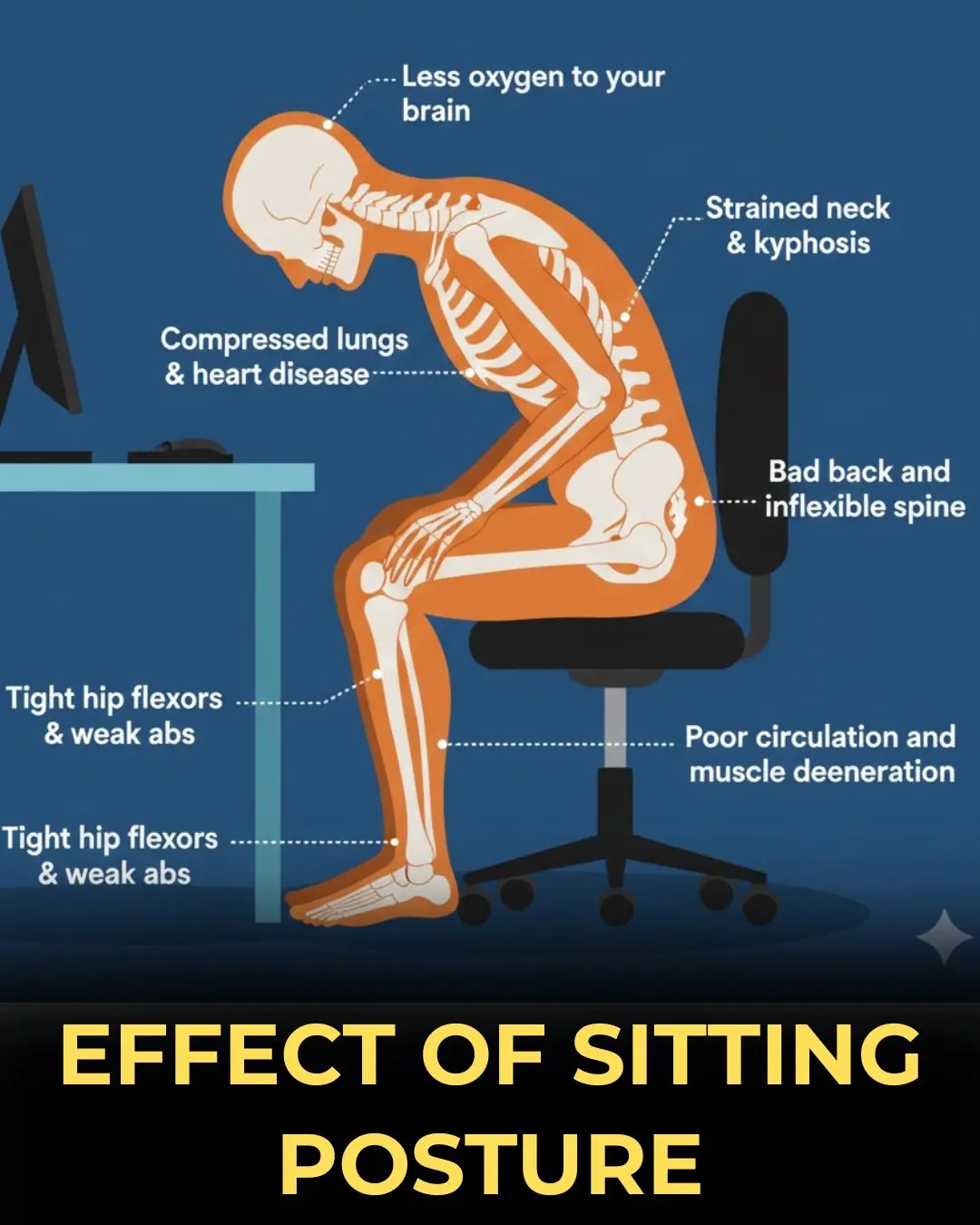
Understanding the Long-Term Consequences of Poor Sitting Posture
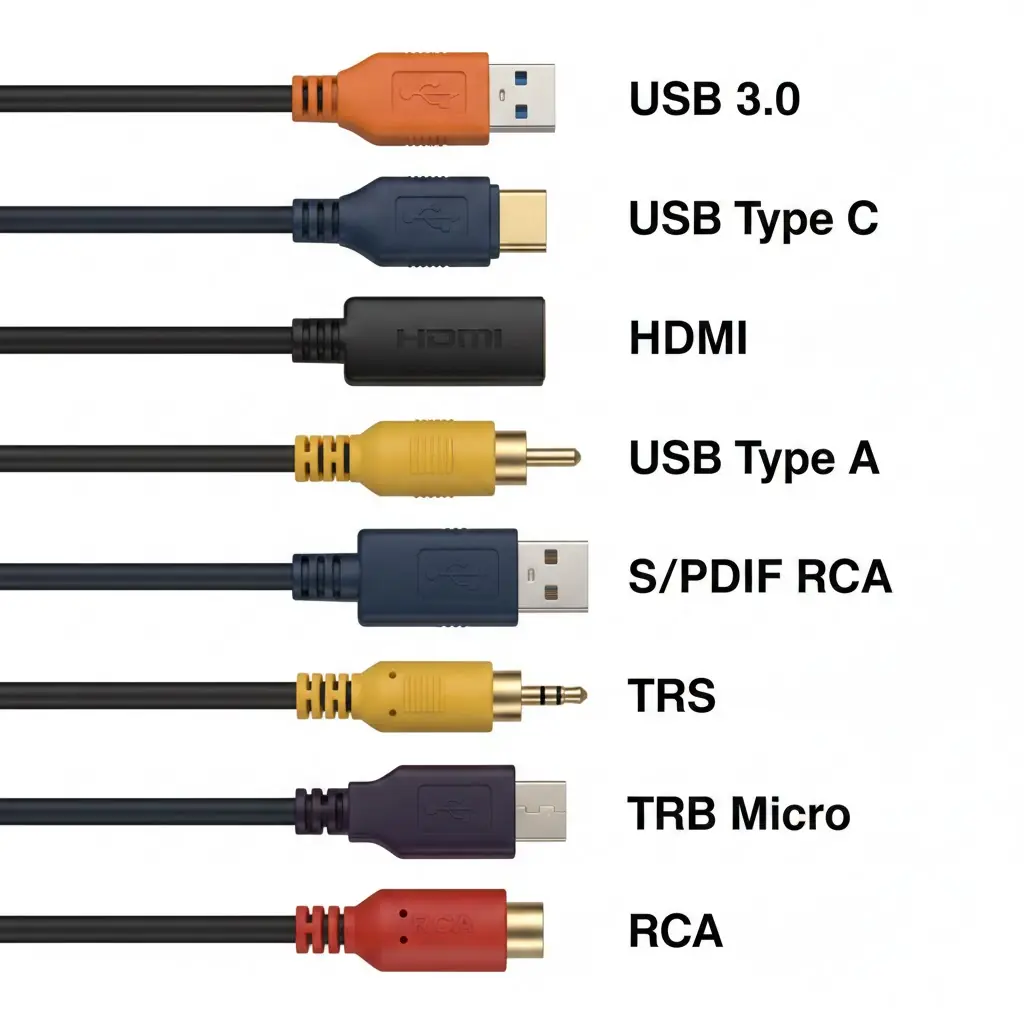
A Complete Guide to Common Cable Types and How They Keep Devices Connected
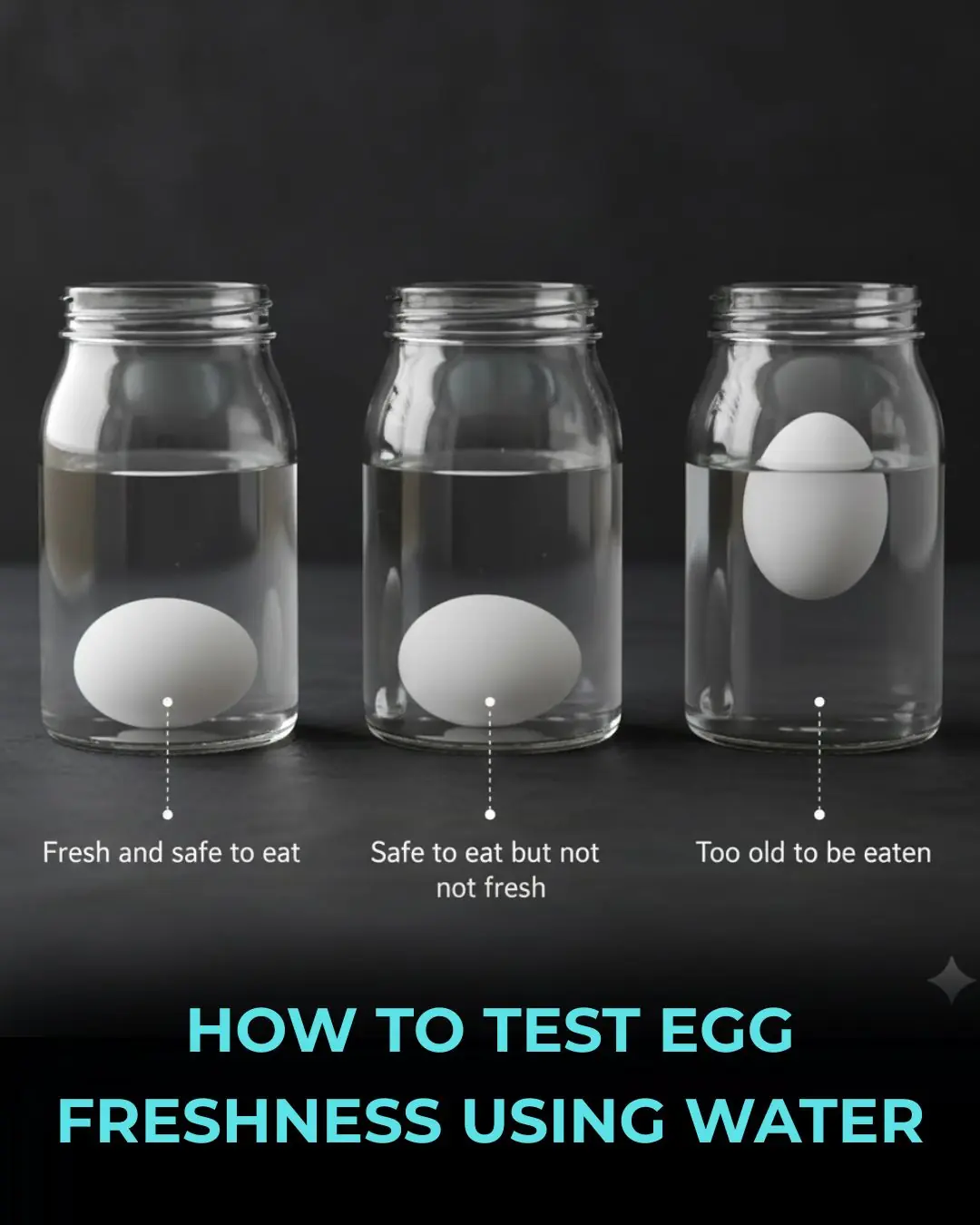
Egg Freshness Explained: What Sinking, Tilting, and Floating Really Mean

A Sleeping Giant Stirs: Taftan Volcano Experiences Uplift Driven by Shallow Gas Pressure

The Healing Power of Touch: How Hugs Support Emotional Balance and Immune Health
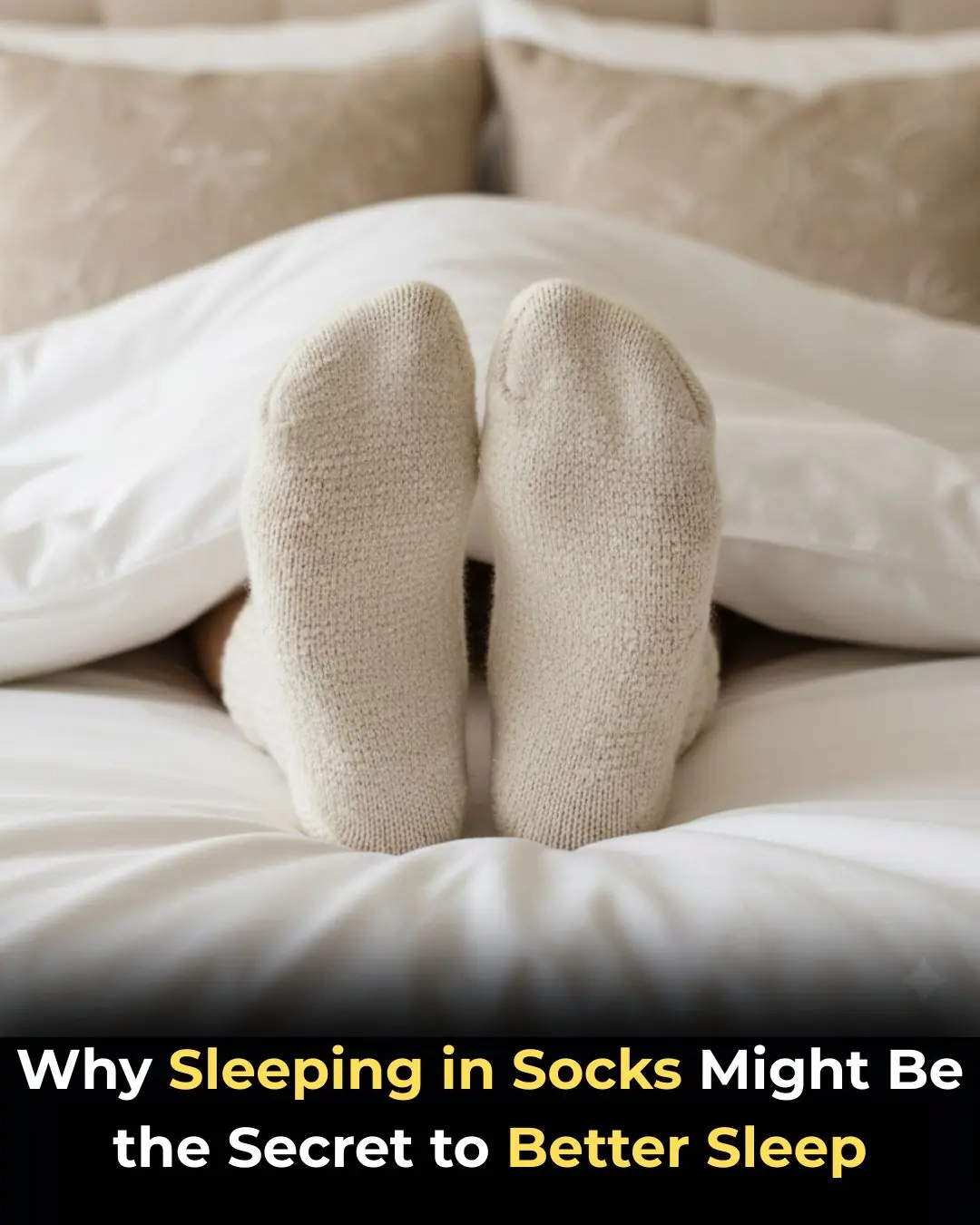
Why Sleeping in Socks Might Be the Secret to Better Sleep
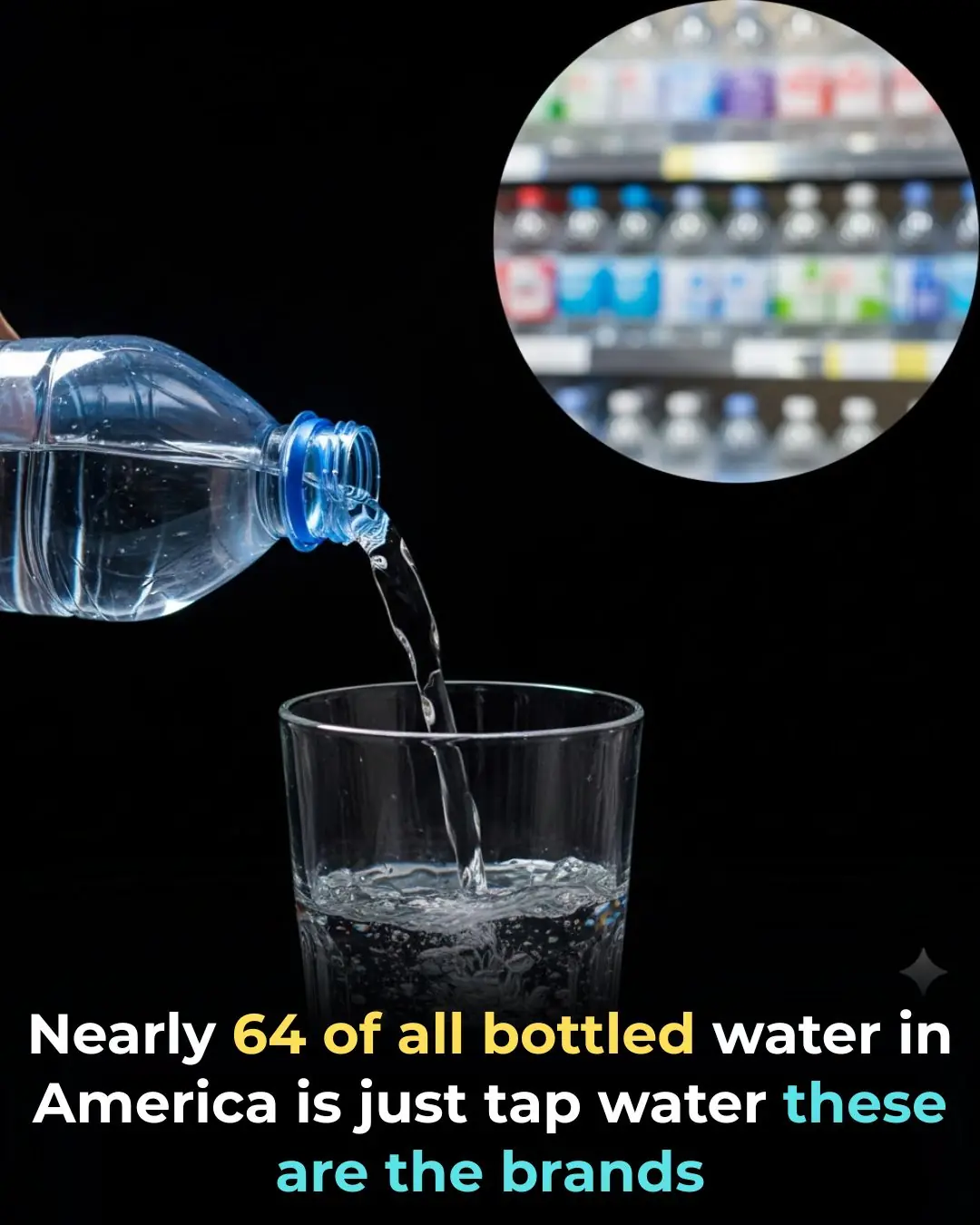
Think Bottled Water Is Safer Think Again

Can Eggs Protect Your Mind? Emerging Evidence Suggests a Cognitive Benefit
News Post

Injectable Gel Breakthrough Brings New Hope for Nerve Regeneration

Why Boiled Eggs Deserve a Spot on Your Breakfast Table

Goodbye Synthetic Dyes: Doritos Join the Push for Cleaner, Transparent Ingredients

Breakthrough Research Suggests Kidney Damage May Be Reversible After All

How Intermittent Fasting Protects the Heart: New Evidence on Blood Clots and Cardiovascular Health

New Evidence Links Hepatitis C to Brain Pathways in Mental Illness

ITV breaks silence as Celebrity Big Brother is ‘axed from ITV schedule’

Peter Andre teases ‘special’ project with wife Emily: ‘We are having exciting meetings’

🚫 When to Avoid Ginger — 6 Medical Conditions That May Be Affected

What Happens to Your Body When You Eat Canned Tuna Every Day

I’m A Celebrity star Kelly Brook’s husband reveals when he’s flying out to Australia

Kris Jenner shows support for Meghan Markle weeks after Kardashians photo scandal

Inside Angry Ginge’s ‘bromance’ with Angry Ginge – how they met; ‘going to war’ over diss track; huge ‘risk’ that ‘paid off’

Ant McPartlin’s tattoos explained – tribute to wife Anne-Marie; uproar over ‘missing’ family member; nod to his recovery

Emmerdale disaster incoming: Bear’s fate ‘sealed’ as Joshua Richards makes devastating admission
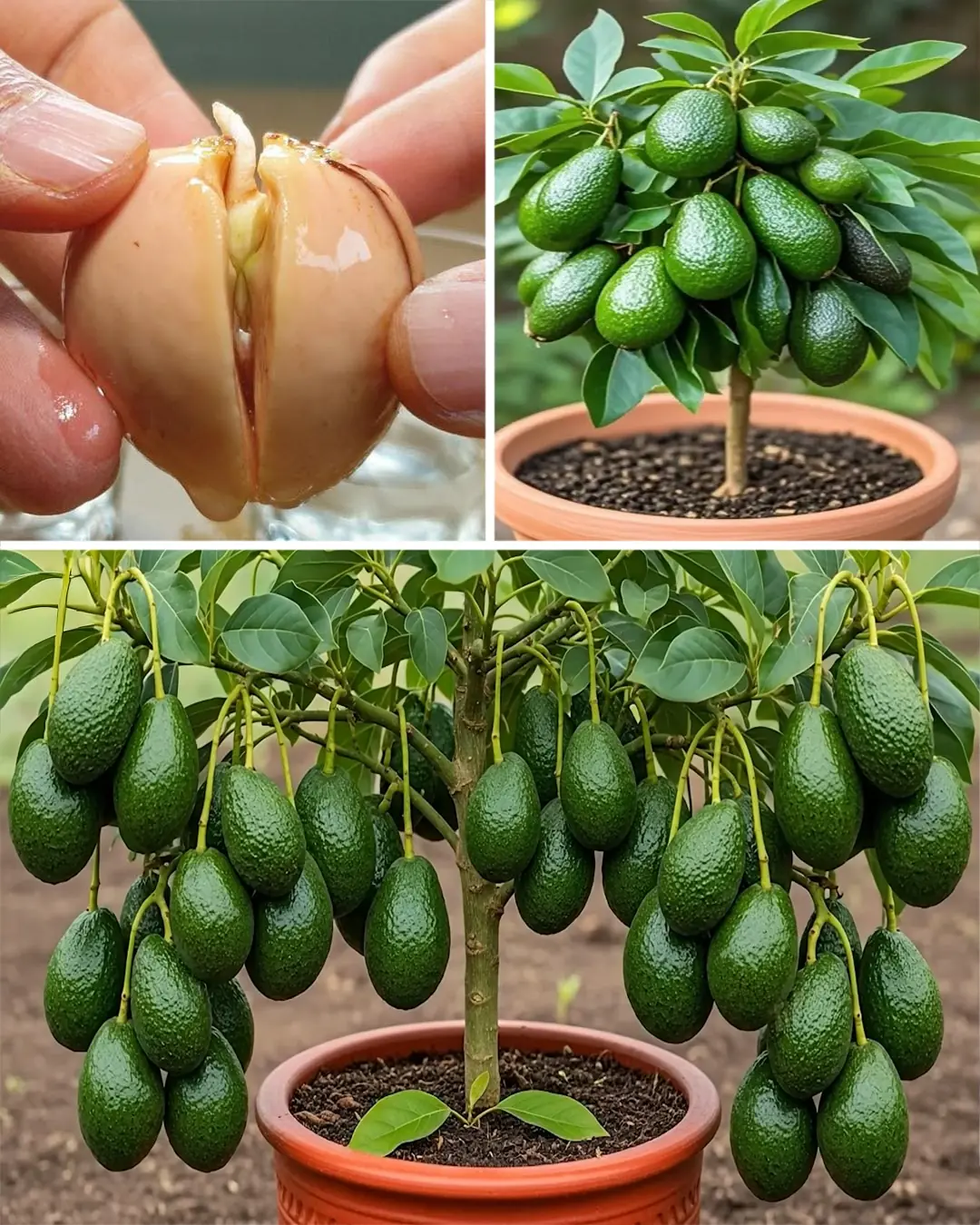
How Do Farmers Grow Avocado Trees

Robron plot Kev’s downfall – but Emmerdale fans declare they ‘love him’

If You See a Woman Wearing a Wedding Ring On Her Pinky, Here's What It Means

2-Minute Painless Hair Removal: Natural At-Home Solution
